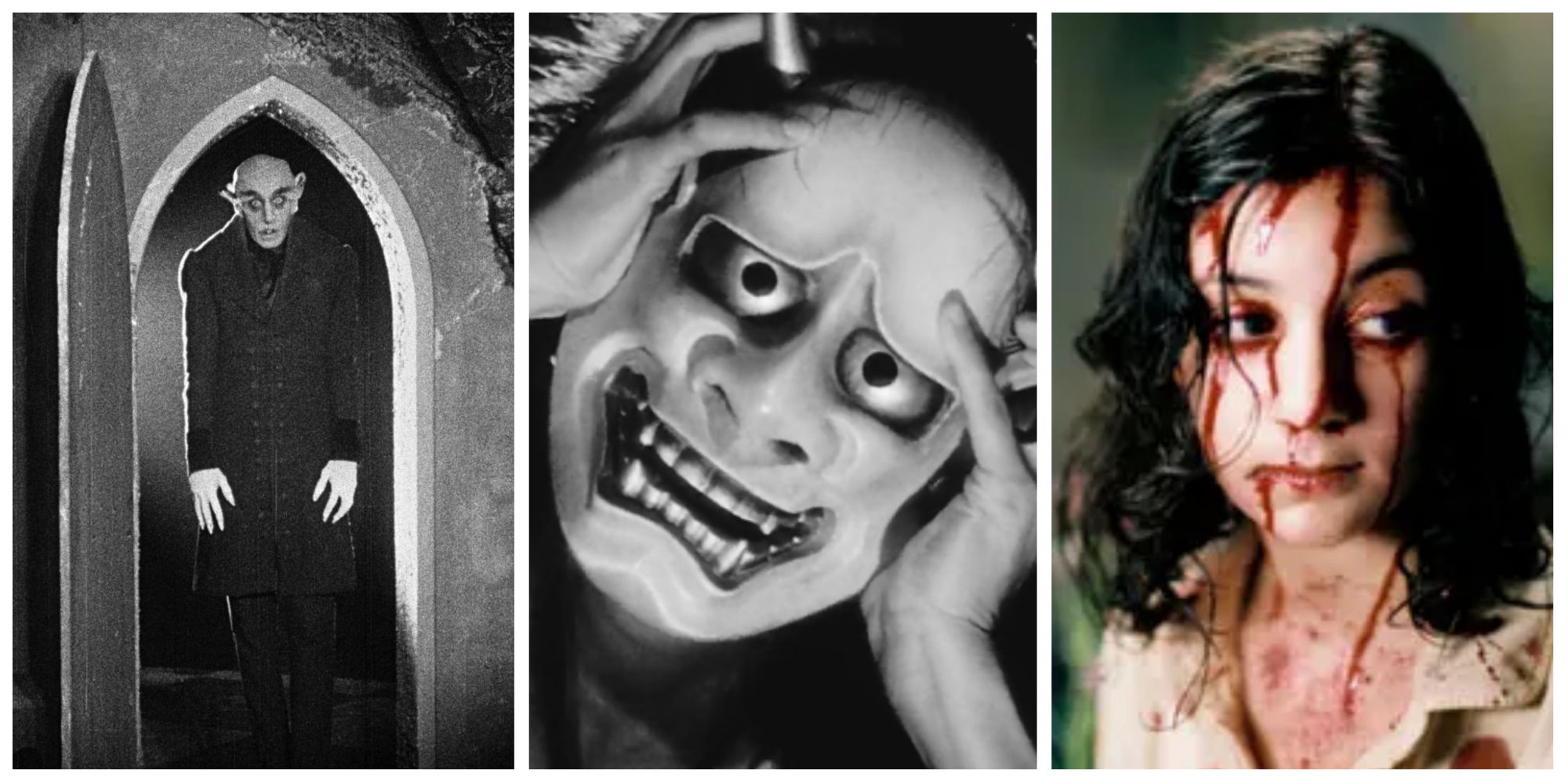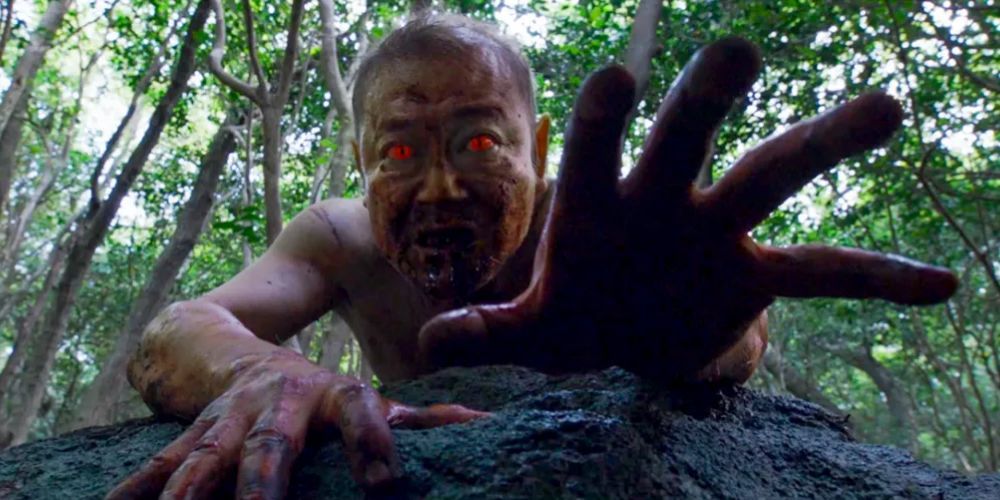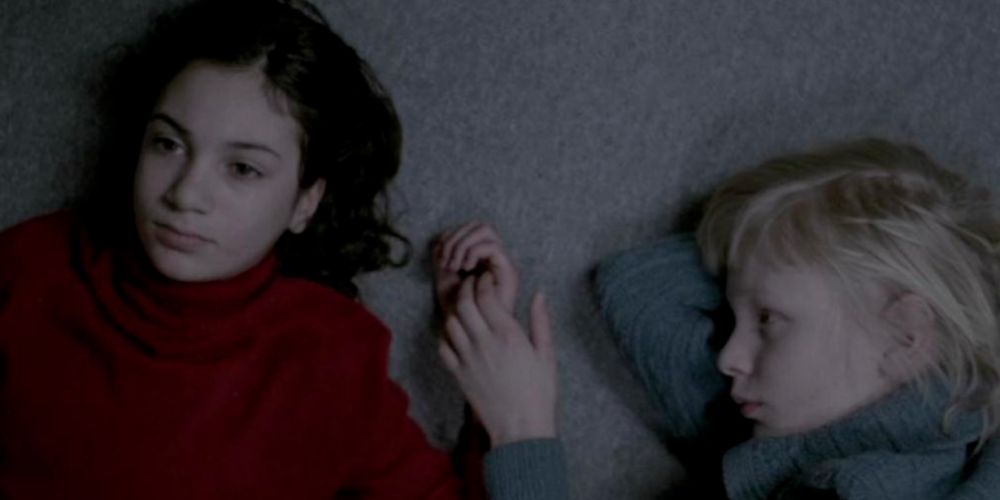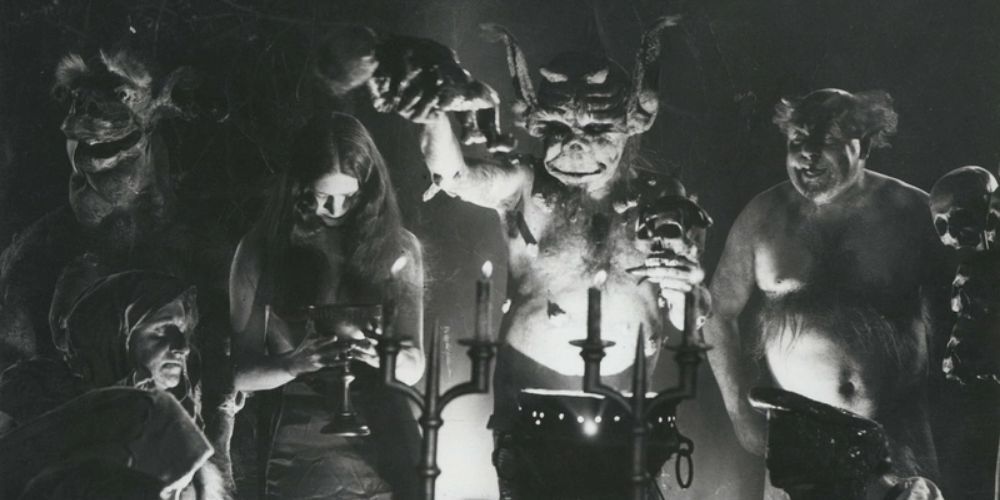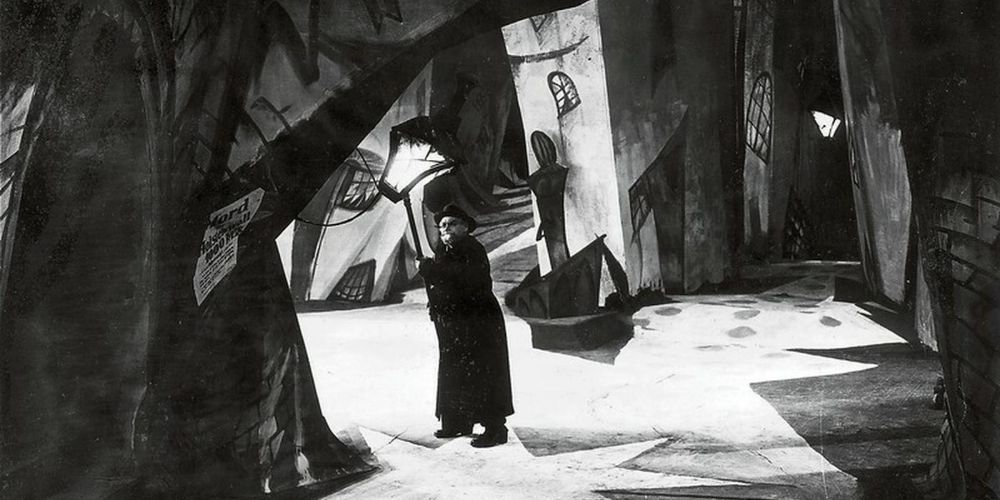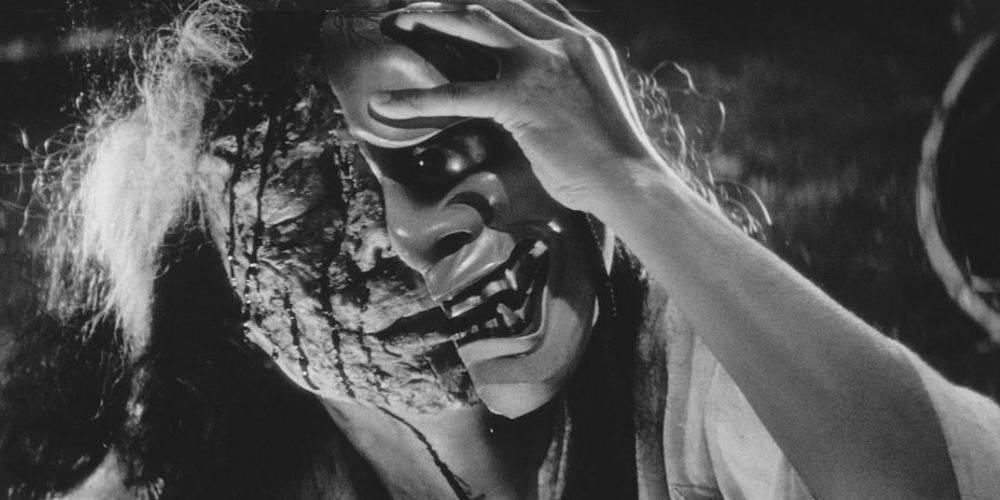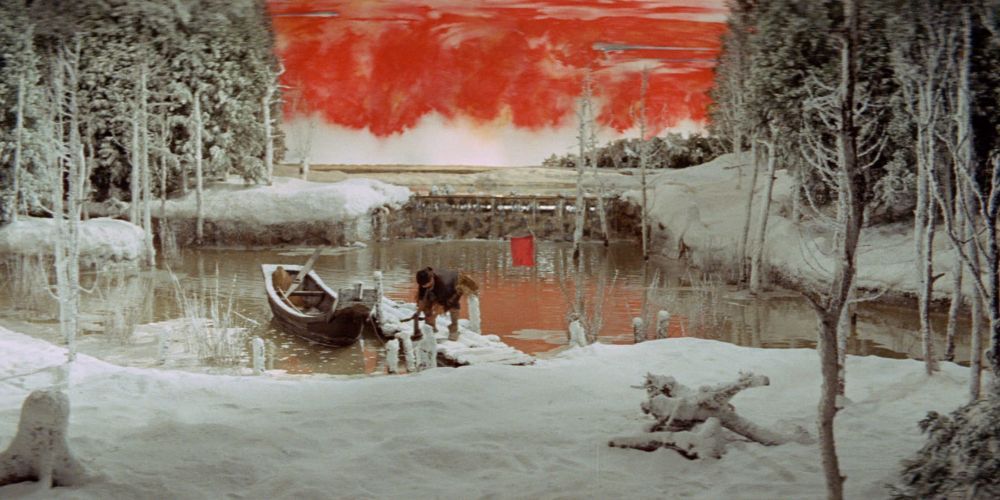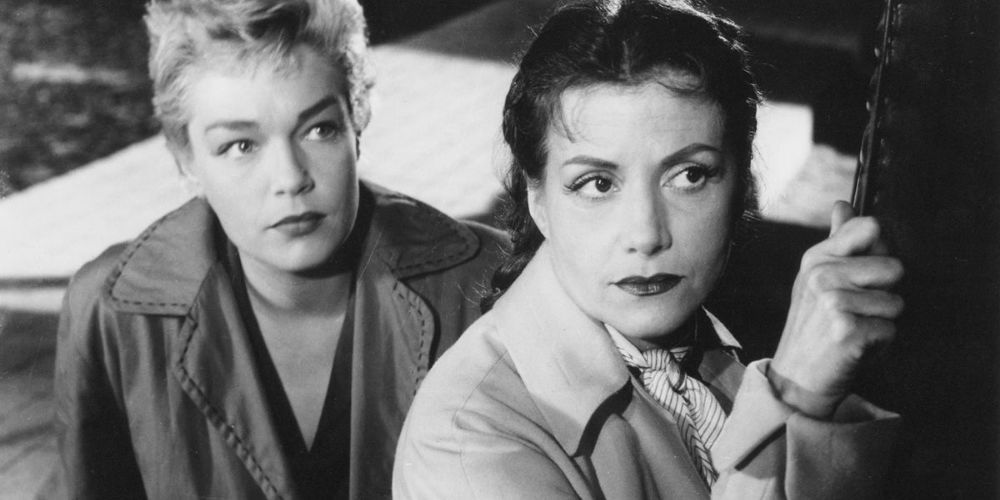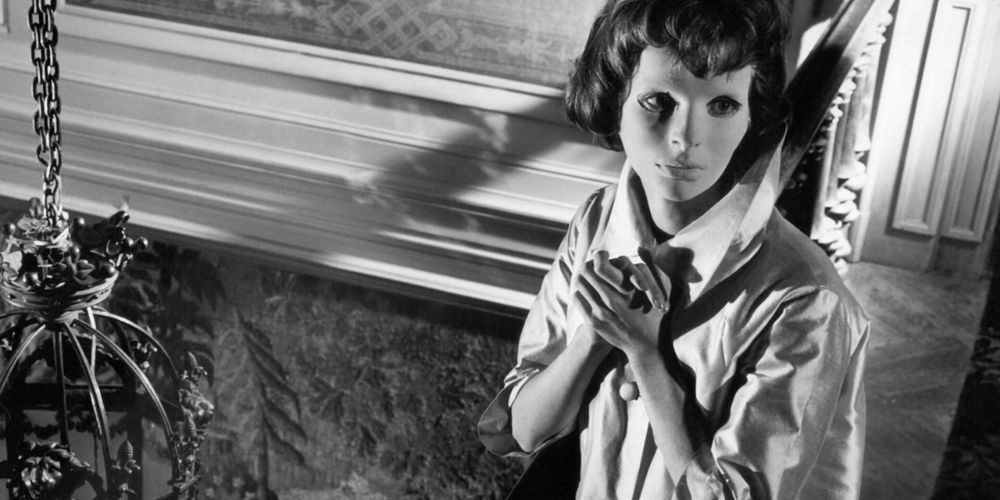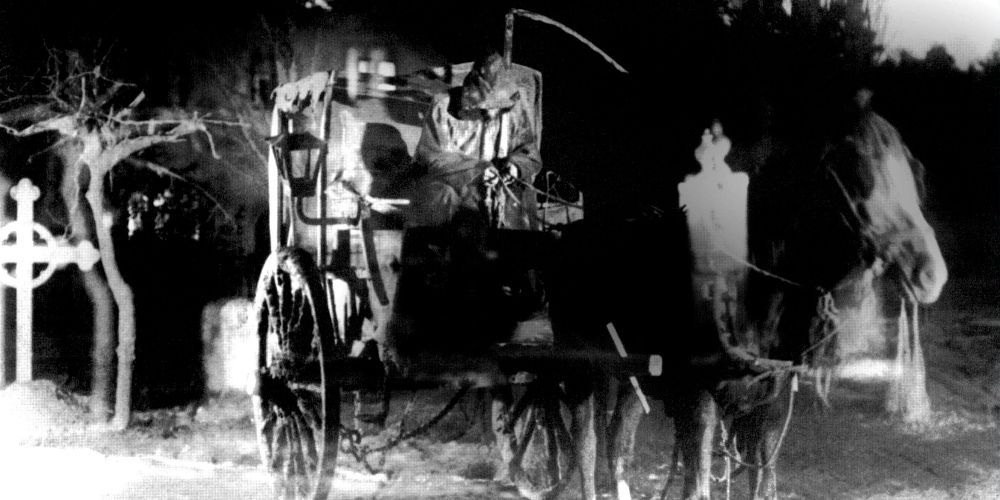Due in part to the prevalence of Americentrism in the United States, foreign language films in the twenty-first century typically struggle to find a wide audience in the fifty states. Over the years, films such as Crouching Tiger, Hidden Dragon, and Parasite have managed to find commercial success in the United States. However, these occurrences are few and far between.
The horror genre can trace its origins overseas, for the earliest horror films were produced in France in the 1890s. By the 1920s, Germany emerged as the world's preeminent horror master, with German Expressionism forever influencing the history of the genre. Many of cinema's greatest horror creations emanate from countries outside the United States, such as Japan, France, Germany, and Sweden.
10 The Wailing Is One Of Cinema's Most Viscerally Intense Films
One of South Korea's most acclaimed films of the 2010s, The Wailing was a box office success that amassed ninety total award nominations, with nearly thirty-five wins. Directed by Na Hong-jin, The Wailing tells the story of a police officer who investigates a series of mysterious illnesses plaguing a small village.
One of the most viscerally intense films ever made, The Wailing feels like the love child of The Exorcist and Memories of Murder. The film perfectly blends its murder mystery narrative with supernatural elements of Asian and Christian mythology that climaxes in a truly unforgettable fashion.
9 Let The Right One In Is One Of Cinema's Greatest Vampire Films
Ranked the fifteenth greatest film of world cinema by Empire magazine, Let the Right One In is one of the greatest vampire films ever made. Let the Right One In follows the life of Oskar, a bullied boy who starts a friendship with Eli, a young female vampire.
Let the Right One In has been praised for its cinematography and for avoiding the clichés of the vampire genre. Instead, the film focuses on its character-driven narrative that encompasses themes such as love, friendship, and revenge.
8 Häxan Is A Seminal Film Of Swedish Cinema
A film that was way ahead of its time, Benjamin Christensen's Häxan combines documentary-style storytelling with fictional dramatizations to paint a portrait of the history of witchcraft. The most expensive film made in Scandinavia during the silent era, Häxan caused controversy around the world for its depictions of torture, sexuality, and its criticisms of organized religion.
Despite being one hundred years old, Häxan is full of unforgettable imagery. To achieve its unique aesthetic, Christensen employed a variety of special effects techniques such as superimposition, stop-motion animation, prosthetic makeup, and reverse motion.
7 The Cabinet Of Dr. Caligari Launches German Expressionism In Cinema
Arguably the most important horror film ever made, The Cabinet of Dr. Caligari is believed to be the first film produced in what would go on to be the German Expressionist style. According to Roger Ebert, The Cabinet of Dr. Caligari could be considered cinema's first true horror film.
The Cabinet of Dr. Caligari is most notable for its jarring and distorted set designs and chiaroscuro cinematography, two staples of German Expressionism. Many critics and scholars have drawn parallels between the film and the state of Germany during the 1920s. The social issues and turbulent emotional state of the people of Germany living in a post-World War I society would directly lead to the Third Reich assuming power in the 1930s.
6 Onibaba Is A Quintessential Japanese New Wave Masterpiece
Directed by prominent Japanese filmmaker Kaneto Shindo, Onibaba is a central work of the Japanese New Wave film movement of the 1960s. Onibaba is a jidaigeki film focusing on two women who kill soldiers and steal their possessions. The two women's lives are complicated once their paths cross with a stranger wearing a mysterious mask.
Onibaba is an immensely layered film that features gorgeous black-and-white cinematography. The film is equally brilliant as a traditional horror film, erotic thriller, and social metaphor for Japanese civilization in the aftermath of World War II.
5 Kwaidan Is One Of The Most Visually Pleasing Films Ever Made
A departure from his politically themed films, Masaki Kobayashi's Kwaidan is an anthology horror film based on Japanese folk tales. The film is a breathtaking visual feast, full of sumptuous colors and some of the greatest set designs ever created. This three-hour epic proved so expensive to produce that Kobayashi sold his home in order to complete the film.
Kwaidan was a critical hit, earning an Oscar nomination for Best Foreign Language Film and taking home the Jury Special Prize at Cannes Film Festival. Roger Ebert declared Kwaidan one of the most beautiful films he had ever seen.
4 Les Diaboliques Inspired Alfred Hitchcock To Make Psycho
Henri-Georges Clouzot's Les Diaboliques is a landmark French horror film that inspired Alfred Hitchcock to make Psycho. Les Diaboliques revolves around the attempted murder plot of a school principal by his wife and mistress. Its iconic twist ending is sure to leave an indelible impression on anyone who views this masterpiece.
Les Diaboliques was a box office hit in France upon its release in 1955. Critically, the film was named one of the Top Foreign Films by the National Board of Review and won the Prix Louis Delluc. In the years following its release, Les Diaboliques has continued to receive resounding praise. The British Film Institute and The Guardian both named the film on their list of the greatest horror films. Its climatic sequence was ranked one of cinema's scariest moments by Bravo.
3 Eyes Without A Face Caused Audience Members To Faint
Georges Franju's Eyes Without a Face is a seminal French horror film that depicts the brutal murders by a doctor who is seeking to find a replacement face for his daughter. When Eyes Without a Face was screened at the 1960 Edinburgh Film Festival, seven audience members fainted during the film's now infamous heterografting scene.
Eyes Without a Face has proven to be a highly influential film. Time Out named the film to its list of the greatest horror films of all time, and John Carpenter modeled Michael Myers' mask from the Halloween film series after the mask in Eyes Without a Face.
2 Nosferatu Sets The Standards For Horror Film Aesthetics
Released in 1922, F. W. Murnau's Nosferatu set the standard for horror movie aesthetics. Every single horror film produced over the past one hundred years can trace its stylistic origins back to Nosferatu's implementation of expressionist lighting and its use of shadows.
Nosferatu tells the story of vampire Count Orlok and his pursuit of Ellen Hutter. The film was controversial due to copyright issues stemming from the unauthorized use of Bram Stoker's novel Dracula. Courts ordered the film to be destroyed, but copies survived, and the film is now widely regarded as one of the greatest films ever made.
1 The Phantom Carriage Is The Greatest Foreign Language Horror Film
Starring and directed by the legendary Victor Sjöström, The Phantom Carriage is a haunting tale of mortality revolving around a man who dies and must reflect on his past sins. The film's plot focuses heavily on an urban legend in which the last person who dies each year must drive Death's carriage and collect the souls of all who perish the following year.
The Phantom Carriage features haunting and unnerving imagery, achieved through visual effects such as multiple exposure and in-camera optical effects. The film was a major inspiration to fellow Swedish filmmaker Ingmar Bergman, who claimed to have seen the film at least once every year, starting when he was fifteen.

